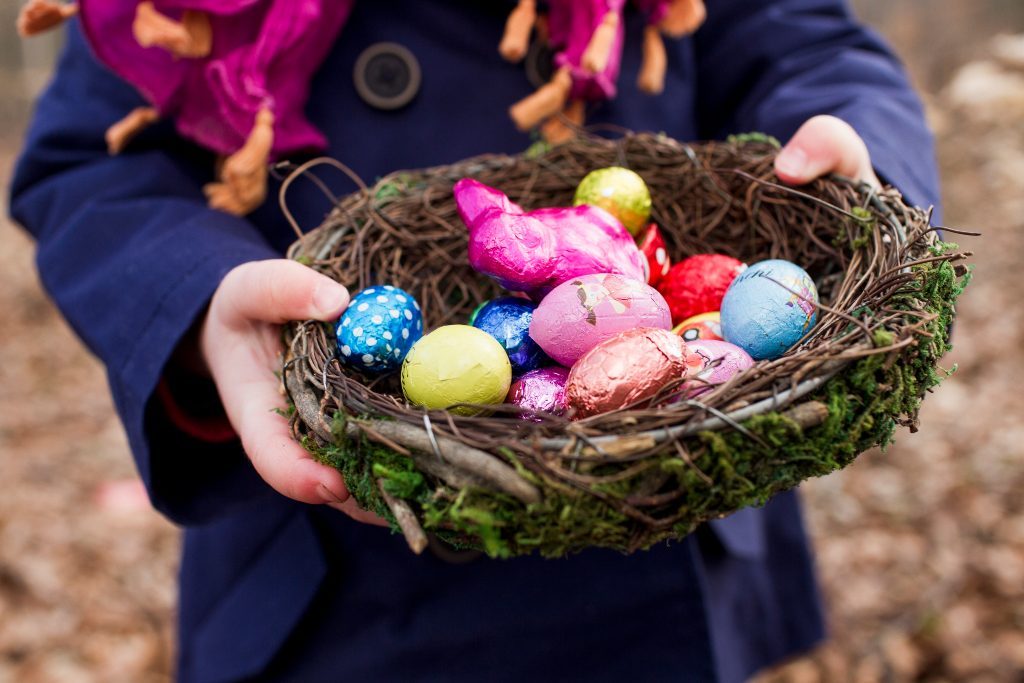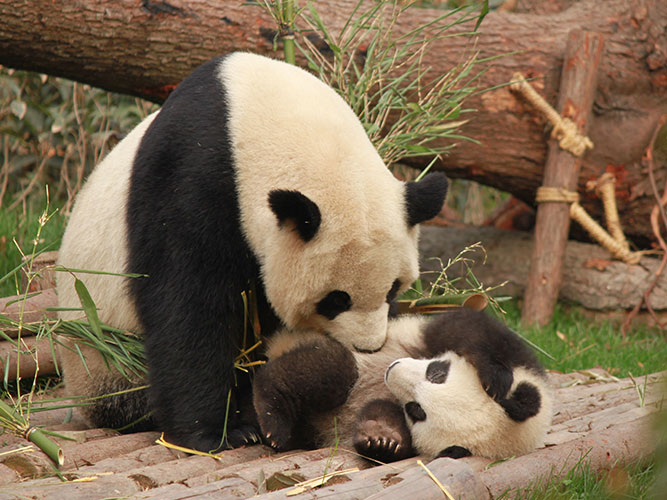The traditions of Easter
23 March 2021
The egg is a symbol at once whimsical and profound. It represents rebirth, completion, immortality and comfort. At its most basic physical level, it is a perfect comfort food, replete with nourishing qualities. At its most symbolic, it resonates with meaning across different cultures.

In Russia and Scandinavia, clay eggs were buried in tombs to ensure life after death. In ancient times, the Maori buried their dead with a moa’s egg held in one hand. The Chinese have long held up eggs as a symbol of fertility, and after a baby is born the parents throw a ‘red egg and ginger party’, giving away hard-boiled eggs to announce the birth.
No wonder that around spring, and especially on Easter, the egg is celebrated as a symbolic icon of rebirth and awakening. The tradition for using eggs and bunnies for Easter originates from pre-Christian rites of pagan worshipping, where these were recognised as symbols of fertility and new birth and traditionally used for celebrations of the coming of the spring.

Aside from the Easter egg, however, other beloved Easter traditions, such as the Easter bunny, the Easter egg hunt, the eating of Easter chocolates and hot cross buns, continue while more unusual ones, such as the making of giant omelettes and the burning of Easter fires, also exist.
Here’s a quick look at the more fascinating Easter traditions in France, Germany and the United Kingdom:
France
As a historically Catholic country, it comes as no surprise that France celebrates Easter. Old childhood tales relate that French children receive chocolates on Easter morning not from the fabled Easter bunny, but from flying church bells. In the story, church bells fly to Rome to fetch chocolates for children from Good Friday till the end of Black Saturday (mourning the death of Jesus Christ), hence no church bells ring on those days. Meantime, in a village near the southern town of Toulouse, according to Conde Nast Traveller, the villagers get together for a unique annual Easter tradition, making a giant omelette involving about a dozen cooks and around 15,000 eggs. The omelette is then sliced up into portions and served with bread to all the villagers and households.
Germany
Eggs and bunnies are two of the oldest symbols of Easter in Germany and every spring, stores and boutiques are full of displays of eggs and bunnies made of chocolate, cardboard or flowers in different sizes and wrappings. In 19th century Germany, according to Foodimentary.com, sugar bunnies were already in production and bunny-shaped tins, used for chocolate molds, have been traced back to Munich in the 1850s.

The tradition of an Easter egg hunt and the Easter bunny comes from the German Lutherans. According to Deutsche Welle, eggs are put in a basket to hide around the house on the night leading up to Easter Sunday for the Easter bunny – Der Osterhase (the Easter Hare), who symbolically serves as a judge evaluating if the children’s behaviour have been good or bad. On the morning of Easter Sunday, the children hunt for the eggs and, assuming that they’ve been on good behaviour, often find that the Easter bunny has left chocolate eggs and Easter presents.

Image credit: Chuttersnap/Unsplash
Another typical German tradition is the Easter bonfire, an old pagan ritual. Ancient superstition said that the fires helped to make the fields fruitful for harvest and that the light protected their households from illness. On the night of Easter Sunday, people light big bonfires across the country to welcome the sun and the spring. Much of the wood used for the bonfire are leftover old Christmas trees, collected and saved for the occasion.
It is also said that the tradition of sunrise Easter church service dates back to the 18th century in Germany when the first service was held by the Moravian Church. A group of young men gathered at the first light of dawn at the town’s graveyard to sing hymns of praise — and the next year, the entire congregation joined in.
United Kingdom
According to the Oxford Companion of Food, hot cross buns have roots tracing back to ancient Egypt, Rome, and Greece, where these breads served as offerings and symbols of honour toward their goddesses.

Image credit: Jasmine Waheed/Unsplash
Later in England, when bakers were forbidden to sell spice breads except on special holidays, such as the Friday before Easter, these breads became a popular part of Easter tradition. People believed that hot cross buns baked on Good Friday would never grow moldy; these were kept as good luck charms to hang in windows, accompany sailors on long voyages, and were buried in piles of grain to ward off rodents.
Today, hot cross buns serve as representations of the Christian symbol of the cross and make a perfect sweet and savoury snack or an accompaniment to a hearty Easter feast.


Not a Fraser World Member? Sign up today for free membership and enter a world of privileges
- Complimentary Stays
- Up to 20% off Best Flexible Rate
- Room Upgrade
- Early Check-in
- Exclusive Rewards
- Welcome Voucher


























